Antarctica - Part 2
- bstclair579
- Mar 9
- 3 min read
Updated: Mar 10
November 26-28
The next morning was a special treat. The captain was able to push the ship into the sea ice at Charlotte Bay without cracking the ice. That enabled us to exit the door where we normally board the Zodiacs and walk right out onto the ice. You could tell that the captain was quite proud of his accomplishment, and the expedition team and crew were quite excited. We walked out onto the ice and wandered around checking out the landscape, penguins, and seals. Later, on the way out of the Bay, I wandered up to the bridge and was able to watch the ship officers maneuver their way through the ice. Quite impressive.
The next stop in the afternoon was Palaver Point where we visited a large colony of chinstrap penguins, with a few gentoo and Adelie penguins mixed in. After we took a stroll through the penguin colony, we took a Zodiac cruise around the bay exploring the different ice formations. Then to our great joy a pod of five or six humpback whales appeared between our Zodiac and the ship. We were so excited to watch them feeding on krill and surfacing close to us.
Later in the evening after dinner, we enjoyed listening to the cruise director, Michael, singing show tunes in the lounge.
The next morning the captain tried to do another landing on the sea ice at Wilhelmina Bay, but the ice kept breaking up, so we ended up taking the Zodiacs to land on the ice shelf. We took a walk around the ice to enjoy the scenery, and came upon some large crabeater seals.
In the afternoon we went to Alford Bay where Fernando unfurled his new flag of the Antarctic continent. The flag, designed by the British man who designed the original Antarctic flag, is similar to the original, but the continent is filled in with images of pieces of plastic. Earlier in Fernando's lecture on the Antarctic Treaty, he told us about the discovery of microplastics found in Antarctica in 2022. Microplastics (less than 5 mm in diameter) have been found everywhere in the continent - in snow, water, and in the feces of penguins and other seabirds. They arrived in the continent by long distance airborne transport and likely from local sources of nearby research stations.
On November 28 the captain and expedition leader decided to take a route up a narrow strait called the Lemaire Channnel. The passage is 11 km long and just 600 m wide at its narrowest point. It is hemmed in by steep cliffs on both sides and is often choked with icebergs, particularly early in the season. It was uncertain if we could make it through, and the captain needed to wait for a while for the icebergs to shift in order to exit the channel.
After passing through the Lemaire Channel, the expedition team took us to two different penguin colonies in the area of Pleneau Island. The first colony was gentoo penguins. The second colony was Adelie penguins. There were also several Weddell seals lazing around next to the path we took among the penguins. After our walk around the penguin colony, we enjoyed a nice Zodiac cruise checking out the beautiful icebergs.
In the evening we enjoyed a nice Thanksgiving dinner.
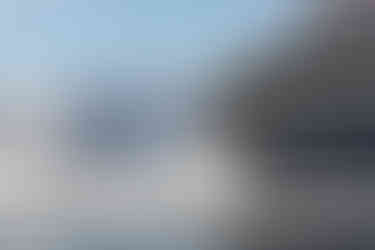








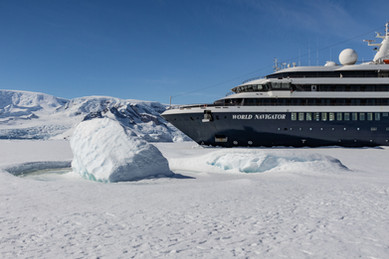


























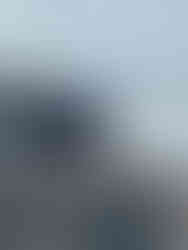


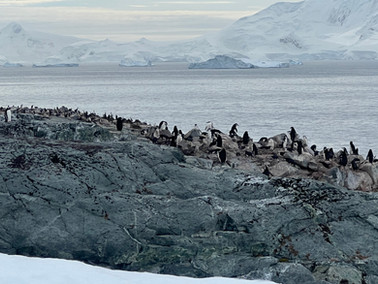




























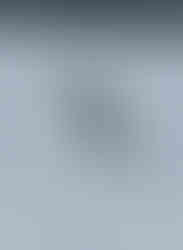




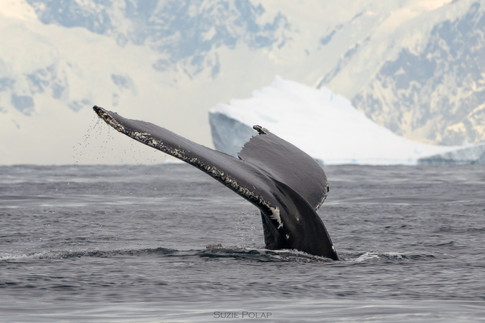







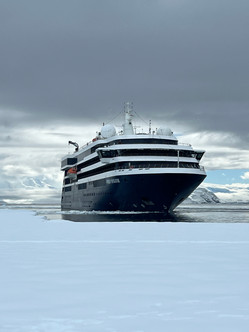

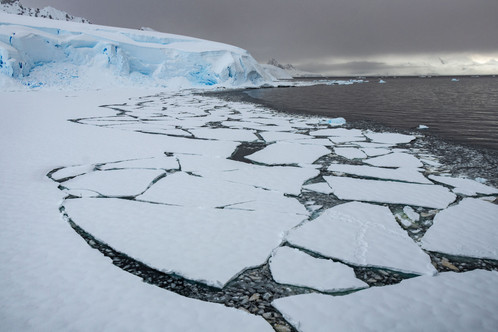

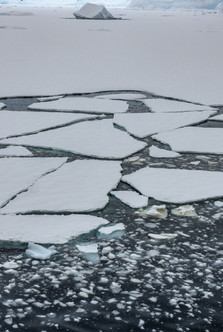


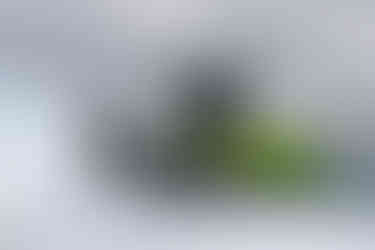




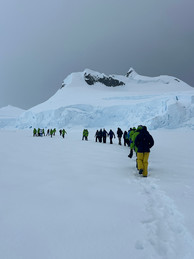












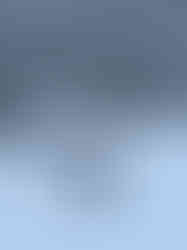






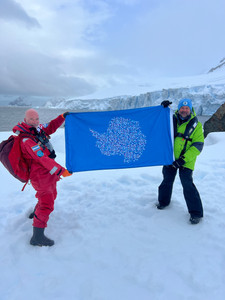




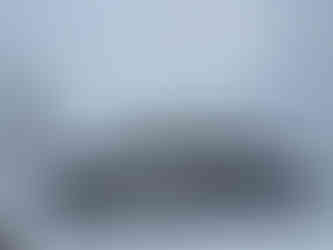



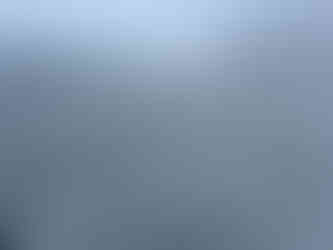


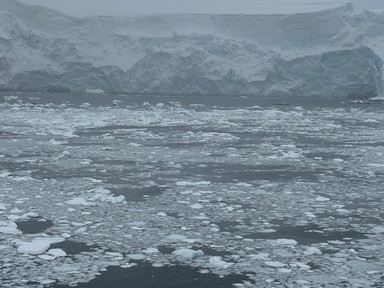










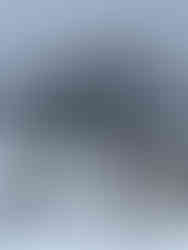













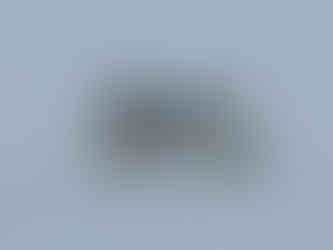




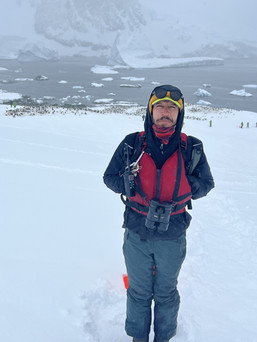


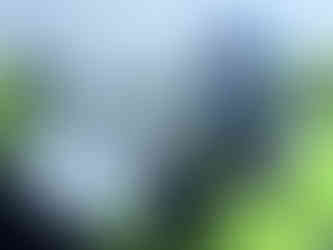







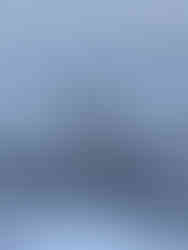



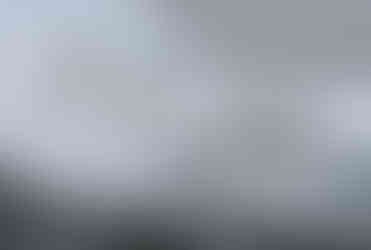









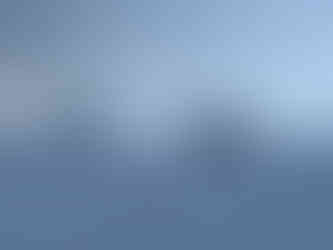








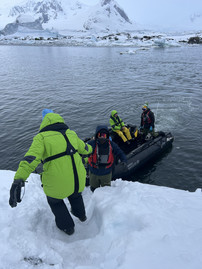

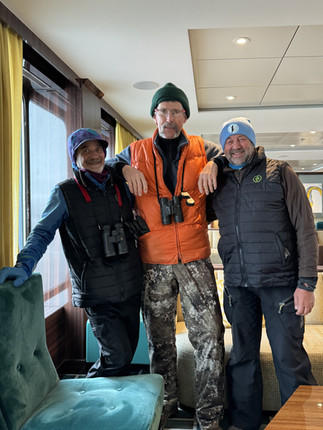

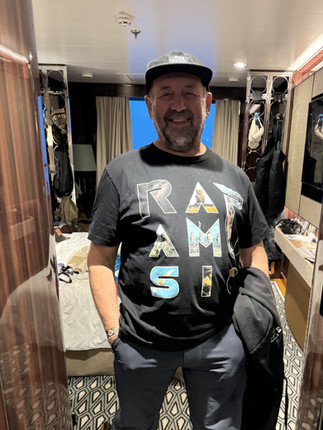





Comments